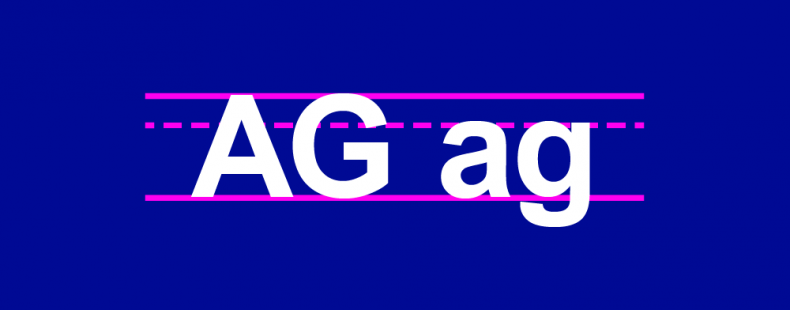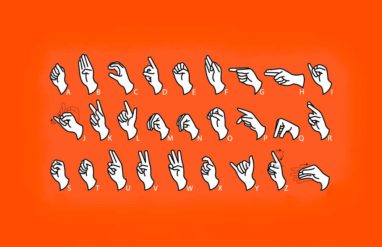Learning to write is a major milestone, and your little one will inevitably have some questions about why we do things the way we do during the process. We’re here to help you answer them. For example, a beginning writer might want to know how the letter W developed (why is it called double-U?) and why Q so often needs U.
Another question sure to pop up (and one that we’re wondering about too, to be honest) is why are there lowercase and uppercase letters?
Many of us remember questioning the validity of cursive as we slogged through worksheet after worksheet at school, but lowercase letters didn’t receive quite the same scrutiny. Why do we learn both uppercase and lowercase? And where do they come from?
Using all caps wasn’t always rude
We have two types of letters, and they’re technically called majuscule (“large”) and minuscule (“very small”). (Though you might not want to lead with that in your explanation to kids.)
Capitalization rules tend to vary by language and can be quite complicated. It is widely understood that the first word of a sentence and all proper nouns are always capitalized. However, what is not so clear is the origin of the uppercase distinction that has become common practice, especially in regards to Modern English.
To unmask the origin of the capital letter, we need to refer to a script derived from the Old Roman cursive called uncial. The word is derived from the Latin uncialis meaning “of an inch, of an ounce.”
Uncial used only uppercase letters. That’s what’s known as a majuscule script. It was commonly used by Latin and Greek scribes around the years 300–700. (Without lowercase letters, punctuation, or spaces between words, some of these texts look downright weird now.)
Medieval scribes spent all day, every day transcribing text. As they were going along, writing perfectly and quickly, the shape of the letters slowly changed to be more efficient.
Writing was not an everyday thing just yet, and at the time, writers were transitioning from the rough writing surface of papyrus to the smoother parchment and vellum. The use of parchment and vellum made possible a more rounded single stroke writing style instead of the former angular, multiple stroke style.
Read more about the history of using all caps here: The Irritating History Of All Caps.
A new way to write
As the uncial script evolved, a smaller, more rounded and connected Greek-style lettering called minuscule was introduced around the 9th century.
Also around the year 800, Charlemagne ascended to the throne and set about reforming education. He standardized writing as a way to copy formal, court, and educational materials, and the font of the time became known as Carolingian minuscule. Compared to uncial, this font was easier to both read and write, so texts were more accessible to people.
Carolingian is an adjective used to describe those things relating to Charlemagne himself and “the Frankish dynasty that reigned in France ad 751–987, and in Germany until ad 911.”
It soon became very common to mix minuscule and some uncial or capital letters within a word, the latter used to add emphasis. In contrast, many other writing systems such as the Georgian language and Arabic make no distinction between upper and lowercase lettering—a system called unicase.
Why do we call them cases?
When the printing press came along in the 1400s, type designers based their lowercase letters on Carolingian minuscule.
The wooden cases where letters were stored for printing had different compartments by type. Lowercase and uppercase letters were stored in separate type cases, hence the names. Usually the letters used more frequently (the lowercase) were kept closer (or lower) on a compositor’s (“person who sets the type or text for printing”) desk.
We started using these terms in the 1700s. Hard to believe, but there were no set of rules for capitalization in English until this period either. But don’t tell your kids that. They don’t need more reason for mixing all those upper- and lowercase letters.
Want to take a closer look at how our handwriting has evolved over time? Or maybe you just need a boost in how to guide your child through learning their letters. Either way, we have what you need.














